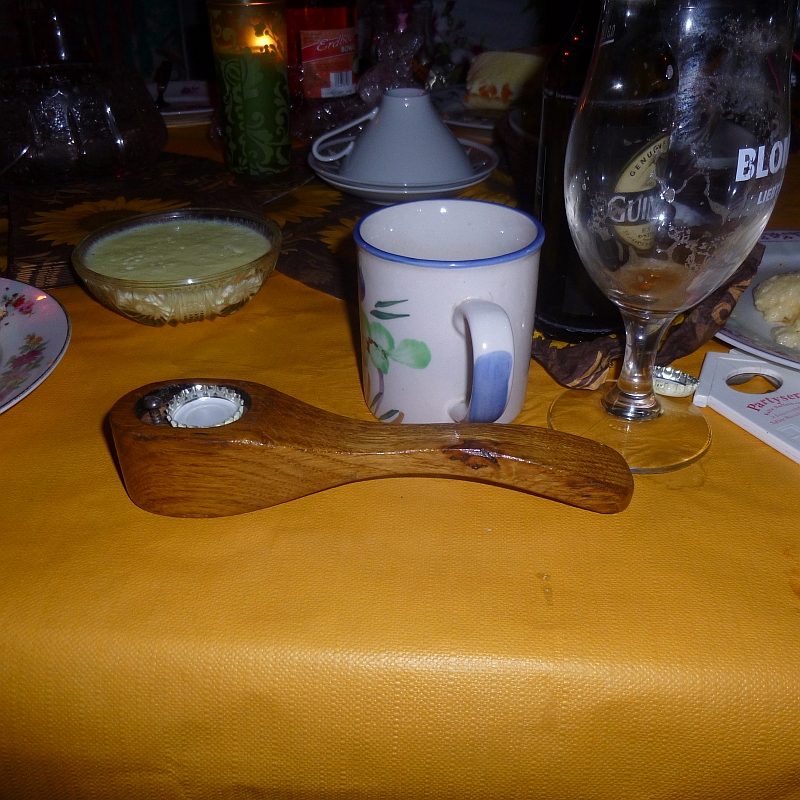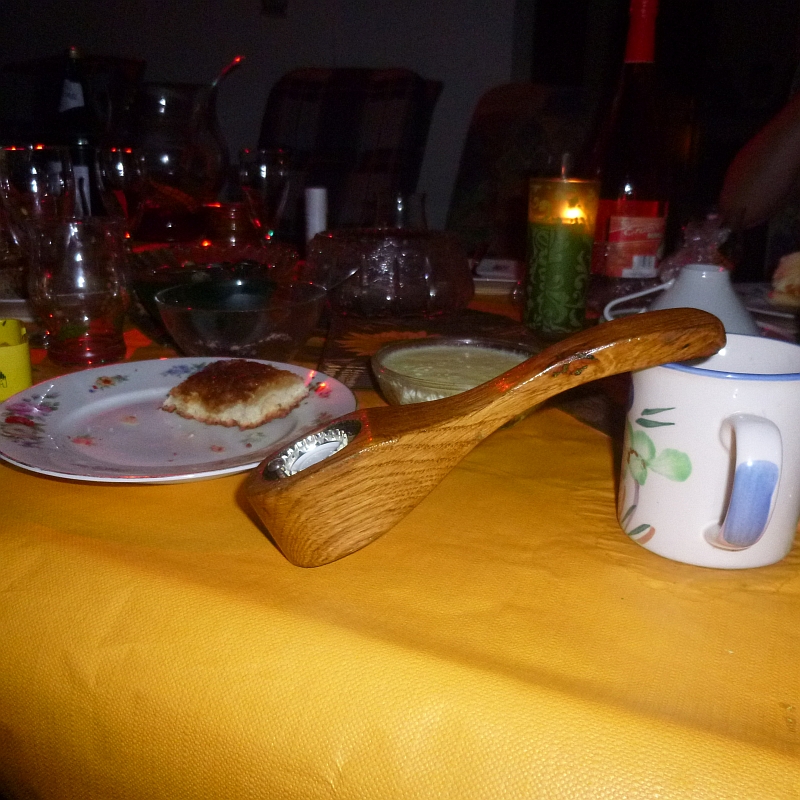As any fool know contemporary product design arose from traditional crafts. The birth however wasn’t the smoothest, and the conflict between the form loving traditionalists who believed in a future of craft based industrial production and the machine fixated modernists with their focus on functionality dominated the inter-war years.
Post World War II the modernists had largely succeeded in establishing their position and in his review of the 1951 exhibition “Design for Use USA” Wilhelm Wagenfeld notes, not altogether disapprovingly we have to add, “Here is nothing formal, nothing handicraft … rather every bend, every shape embodies the simple and the intended use”
Form was following function.
Craft was, in effect, following design.
And continued to do so until at some, imprecisely defined, point in time, form stopped following function. And reasserted its own identity.
The further we move away from Bauhaus, the more form giving once again becomes an integral part of creating consumer objects. Craft reclaiming lost territory.
Frank Lloyd Wright is quoted as once saying that “Form follows function – that has been misunderstood. Form and function should be one, joined in a spiritual union”, while in our interview with Antonio Citterio when we posed the question as to whether developing functional office furniture is simply a technical question, Citterio replies “The technical element is an important part of the job, but the aesthetic remains a big part. It’s not enough just to develop technically…”
Dieter Rams and Sir Jonathan Ive perhaps stand as two of the best examples of designers who understand this. Their objects are globally revered, yet without the functionality they are just pretty boxes. And without the form nobody would buy them.
And so if craft and design, form and function, co-exist so peacefully, if craft objects can have a function and design objects a well considered form, at what point does craft become design or design become craft? What, if anything, separates the two?
For us it is a question of problem solving. Craft creates objects, design solves problems. Or at least attempts to. Accepts a challenge and attempts to find a solution.
And how did we reach this epiphany?
During a recent 60th birthday celebration we were introduced to the most mundanely beautiful example of the relationship between craft and design.
A handmade wooden bottle opener.
The bottle opener body is pure handicraft. Every detail has been carefully considered and even more carefully formed.
It sits perfectly in the hand.
The opening for the crown cork has been measured to perfection.
Yet what is it that gives this perfectly crafted object its function?
A screw.
A single screw.
And without that one screw all the elegant hand crafting of the body would have been to no avail.
Faced with the problem of transforming a perfectly formed but relatively useless wooden object into a bottle opener the object’s creator found a solution as elegant as it is simple to create an object that is as functional as it is aesthetic.
Craft became design.
We travel the globe with a truly decadent regularity to design events, festivals and fairs.
In all the years we’ve never seen anything that so beautifully highlights the nature of the craft/design debate as a handmade bottle opener found by chance on a table during a 60th birthday party in the wilds of rural Brandenburg.
Maybe we should stay at home more often…


